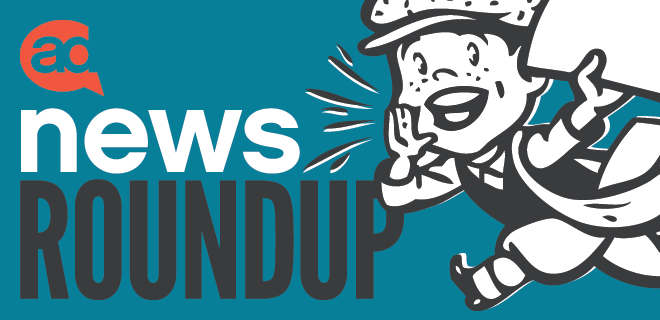
Is LinkedIn the New Facebook (for Content Distribution)?
LinkedIn is reportedly firming up relationships with publishers in the U.S. and the U.K., according to Digiday, and a growing number of publishers are getting more serious about using LinkedIn as a content distribution channel. (They’re not just B2B publishers, either). LinkedIn is testing out native video ads, with several publisher partners in tow. That’s all well and good for LinkedIn and those eager pubs testing the waters, but let’s be cautious about raising up LinkedIn as a viable distribution alternative to Facebook. In particular, look at the stats for time spent on the platform. That and other engagement metrics are certainly up for LinkedIn, but there’s a long, long way to go to reach the level of Facebook.
Procter & Gamble Goes Heavy in Ecommerce
Consultancy group L2 gave Procter & Gamble’s marketing skills (in the home care category) a “genius” rating. In the past couple years, P&G has been investing more heavily in large ecommerce platforms, less in programmatic. It’s also been using more ecommerce data to inform its media buying habits. P&G insisted in Ad Age that programmatic is “still an important tool,” but that the company will “continue to optimize its programmatic approach.” That’s not terribly edifying for pubs hoping programmatic spending would someday come back from the CPG crowd—if only the marketplace cleaned house and took care of fraud and brand safety issues. P&G’s focus reportedly will be on PMPs, premium publishers, and taking more of its media buying efforts in-house. That’s maybe not what publishers wanted to hear, but it’s what they need to hear.
Blockchain and Ad Tech: A “Natural Fit”
The IAB put out a report on blockchain and called the technology “a natural fit” for advertising. At AdMonsters, we’ve been down this road before, talking about blockchain’s role in fraud prevention (if it’s adopted widely enough). The IAB report also said it could reduce the number of queries per second DPSs see, which is worth underlining since we’ve been talking about supply-path optimization (and its sometimes seemingly arbitrary or lopsided way of playing out). The report also predicted we’ll soon see an uptick of interest in blockchain among linear broadcasters and pure play video publishers, because of the stakes involved (higher CPMs, less inventory, a real need for efficiency).
Third-Party Data Eases OTT Investment
SpotX issued a report that says buyers are investing more heavily in OTT, and that third-party data is helping them go there. (The report said 85 percent of “leading pay TV providers, pure-play over-the-top (OTT) providers, content owners, and advertisers” cite third-party data as a notable factor in their audience-buying/ad-selling efforts in OTT.) Also, says SpotX, fewer advertisers see a difference in value between paid TV and OTT audiences than content providers themselves do. (36% of advertisers say the reach of OTT is more valuable than TV—and that’s a substantial enough number to take note.) Keep in mind this refers to TV content distributed OTT. Where does that leave digital pure plays? Probably still tied pretty closely to the programmatic market, but let’s see how advertisers’ and agencies’ thinking evolves.
No Buy-Side Fees at PubMatic
And one more thing: PubMatic released a statement declaring they don’t charge buy-side fees. This does sound like a change in policy: Back in November 2017, PubMatic CMO Jeffrey Hirsch told AdExchanger that they did charge both buyers and publishers fees for using their tech, but that those fees were “transparent.” The question of how fees are levied and disclosed has been in the air—back in November, we were talking about it because Rubicon Project had announced they’d done away with buy-side fees.